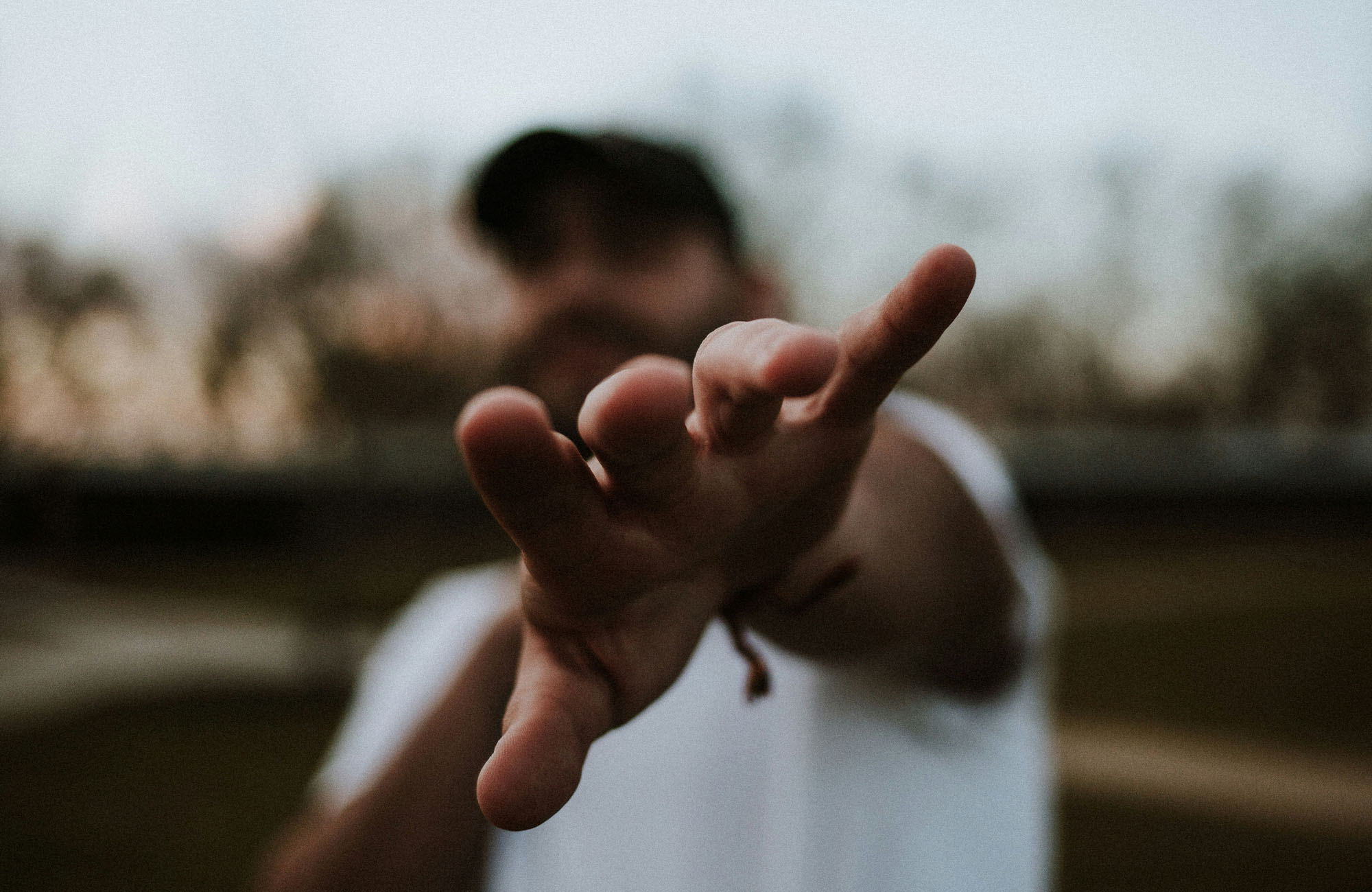
The Science of Emotion in Rap: How Music Triggers Feelings and Memory
Every rapper wants to move people — to make them feel something real. But emotion in music isn’t just luck or talent. It’s science.
When you understand how the brain and body respond to sound, rhythm, and storytelling, you can create songs that go beyond technical skill and connect on a deeper level.
Emotion is what transforms rap from words over a beat into a shared human experience. It’s the difference between a track that gets played once and one that lives in someone’s mind for years.
In this article, we’ll explore the psychology behind musical emotion, the lyrical and sonic elements that trigger it, and how you can use that knowledge to write rap songs that people never forget.
If you’re looking for beats that already carry that emotional impact, explore Inspiring Beats on Tellingbeatzz — cinematic, uplifting instrumentals designed to amplify the feeling behind your words.
Why Rap Is One of the Most Emotional Genres
Rap is raw emotion in rhythm form. It’s built on honesty — pain, ambition, reflection, pride, joy, anger. Unlike many genres, rap allows full emotional range, from vulnerability to power.
That emotional honesty is what makes it resonate across cultures. When someone like NF opens up about anxiety or J. Cole reflects on purpose, listeners don’t just hear their stories — they feel their own.
From a psychological perspective, rap connects because it engages both hemispheres of the brain:
-
The left side processes language, rhyme, and rhythm.
-
The right side processes emotion, melody, and tone.
When both activate at once, the brain experiences heightened engagement and memory retention. That’s why emotional rap sticks with people longer than songs that are only technical or catchy.
The Sound of Emotion: How Beats Set the Mood
Before a single word is spoken, the beat sets the listener’s emotional stage. Soundwaves influence heart rate, brain chemistry, and even breathing rhythm.
Here’s how certain musical elements affect mood:
-
Tempo: Slow tempos (70–90 BPM) evoke reflection or sadness. Faster tempos (100–120 BPM) trigger energy, excitement, or confidence.
-
Key & Chords: Minor keys convey melancholy or tension; major keys bring optimism and openness.
-
Instrumentation: Pianos, strings, and choirs evoke emotion; hard-hitting drums and bass create power and urgency.
-
Dynamics: Subtle volume changes or drops create tension and release — mimicking emotional movement.
When these components blend, they create a mood narrative — an unspoken story the listener feels before lyrics begin.
That’s why writing over the right instrumental is crucial. Beats like the ones in the Inspiring Beats collection carry emotional resonance on their own — they uplift, motivate, and spark reflection, making it easier for your lyrics to hit even deeper.
Lyrics and the Language of Emotion
While beats create emotion through sound, lyrics translate emotion into language. Words activate memory centers in the brain — specifically the amygdala (emotion) and hippocampus (memory).
Here’s how to make your lyrics more emotionally effective:
1. Use sensory detail
Describe moments vividly:
“Streetlights flicker on wet pavement” hits harder than “It was dark outside.”
Specific imagery makes listeners visualize and internalize your experience.
2. Express vulnerability
Don’t just tell people what happened — tell them how it felt.
“I smiled, but I was breaking inside.”
Emotion lives in contrast and honesty.
3. Repetition builds memory
The brain loves patterns. Repeating a phrase or line (like a hook) helps cement emotion. Think of Kendrick Lamar’s “We gon’ be alright.” It’s powerful because it’s simple, memorable, and emotionally loaded.
4. Rhyme and rhythm enhance flow
Rhythm activates the brain’s reward center — the same system triggered by food or dopamine. That’s why perfect cadence feels good. When rhyme aligns with emotional pacing, your lyrics become felt, not just heard.
Flow and Delivery: Emotion in Motion
Emotion isn’t only in what you say — it’s in how you say it.
Your delivery — tone, intensity, timing — determines how listeners interpret your message. The human voice carries natural emotional cues that subconsciously affect how others feel.
Here’s how to align delivery with emotion:
-
Pain or reflection → Softer tone, slower cadence, more space between bars.
-
Anger or power → Gritty tone, louder projection, sharper consonants.
-
Confidence or inspiration → Warm tone, rising inflection, dynamic energy.
Even small vocal changes — a cracked voice, a whispered bar, a moment of silence — can intensify emotion.
The most powerful rappers are emotional performers, not just technical ones. NF’s trembling tone, Tupac’s conviction, J. Cole’s calm reflection — each artist uses delivery as an emotional instrument.
Try recording multiple takes with different tones. Sometimes, the less “perfect” take is the one that feels most human — and therefore, most powerful.
Memory and Emotion: Why Listeners Replay Emotional Songs
Ever notice how emotional songs replay themselves in your mind? That’s because emotion strengthens memory encoding.
When a song evokes strong feelings — joy, nostalgia, sadness, inspiration — your brain releases dopamine and norepinephrine, chemicals that tag the moment as important.
In other words: your brain decides, “Remember this.”
That’s why listeners return to songs that made them cry, hope, or reflect. They’re not just reliving music — they’re reliving emotion.
If your goal is to create timeless rap, build songs that attach emotion to memory. Craft a lyrical moment that people will connect with a phase of their own life.
For instance:
“That line got me through college.”
“That verse helped me after my breakup.”
That’s emotional immortality — something numbers can’t measure.
Step-by-Step: How to Write Emotionally Powerful Rap
Here’s a simple structure for creating emotionally resonant songs:
-
Start with the feeling. Before touching the beat, decide what emotion you want to express.
-
Choose a matching beat. Pick an instrumental that captures that emotion — an Inspiring Beat if you’re aiming for hope or growth.
-
Freewrite your thoughts. Don’t rhyme yet — just write honestly.
-
Find the emotional line. Identify one phrase or truth that captures your core message. That’s your chorus.
-
Build verses around moments. Use vivid detail to lead listeners through the emotion.
-
Record with feeling. Don’t focus on perfection. Focus on truth.
This process keeps your writing rooted in authenticity, not formulas.
The Balance Between Science and Soul
Understanding the science of emotion gives you power — but it’s the soul behind the song that gives it purpose.
You can analyze frequencies, chord progressions, and rhyme structures all day — but emotion can’t be manufactured. It has to be felt first.
Science explains why emotion works. Art decides how it’s expressed.
When both align, your music becomes unstoppable — logical enough to be crafted, emotional enough to be timeless.
Final Thoughts
Music is emotional technology. It connects brains, hearts, and memories through vibration and truth.
In rap, emotion is your most powerful weapon. It’s what makes listeners pause, rewind, and feel seen.
So next time you create, don’t just think about punchlines or trends. Think about energy, tone, and emotion — what your listener will feel long after the track ends.
And if you need the perfect canvas for your story, explore Inspiring Beats on Tellingbeatzz — crafted to bring out emotional depth, motivation, and reflection in your lyrics.
Because science explains how emotion happens — but you decide what it means.


No Comments